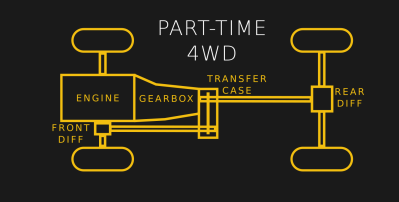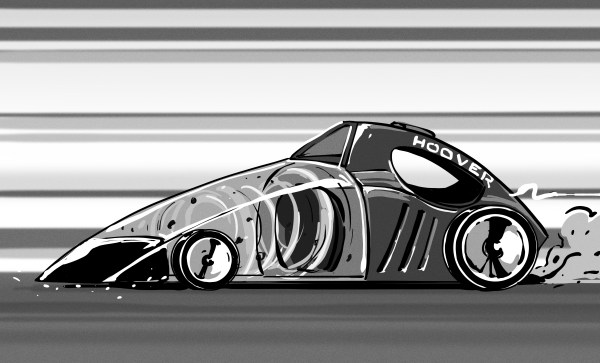With the rise of usable electric cars in the marketplace, and markets around the world slowly phasing out the sale of fossil fuel cars, you could be forgiven for thinking that the age of the internal combustion engine is coming to an end. History is rarely so cut and dry, however, and new technologies aim to keep the combustion engine alive for some time yet.

One of the most interesting technologies in this area are hydrogen-burning combustion engines. In contrast to fuel cell technologies, which combine hydrogen with oxygen through special membranes in order to create electricity, these engines do it the old fashioned way – in flames. Toyota has recently been exploring the technology, and has announced a racecar sporting a three-cylinder hydrogen-burning engine will compete in this year’s Fuji Super TEC 24 Hour race.
Hydrogen Engines?
The benefit of a hydrogen-burning engine is that unlike burning fossil fuels, the emissions from burning hydrogen are remarkably clean. Burning hydrogen in pure oxygen produces only water as a byproduct. When burned in atmospheric air, the result is much the same, albeit with small amounts of nitrogen oxides produced. Thus, there’s great incentive to explore the substitution of existing transportation fuels with hydrogen. It’s a potential way to reduce pollution output while avoiding the hassles of long recharge times with battery electric technologies. Continue reading “Toyota’s Hydrogen-Burning Racecar Soon To Hit The Track”



















